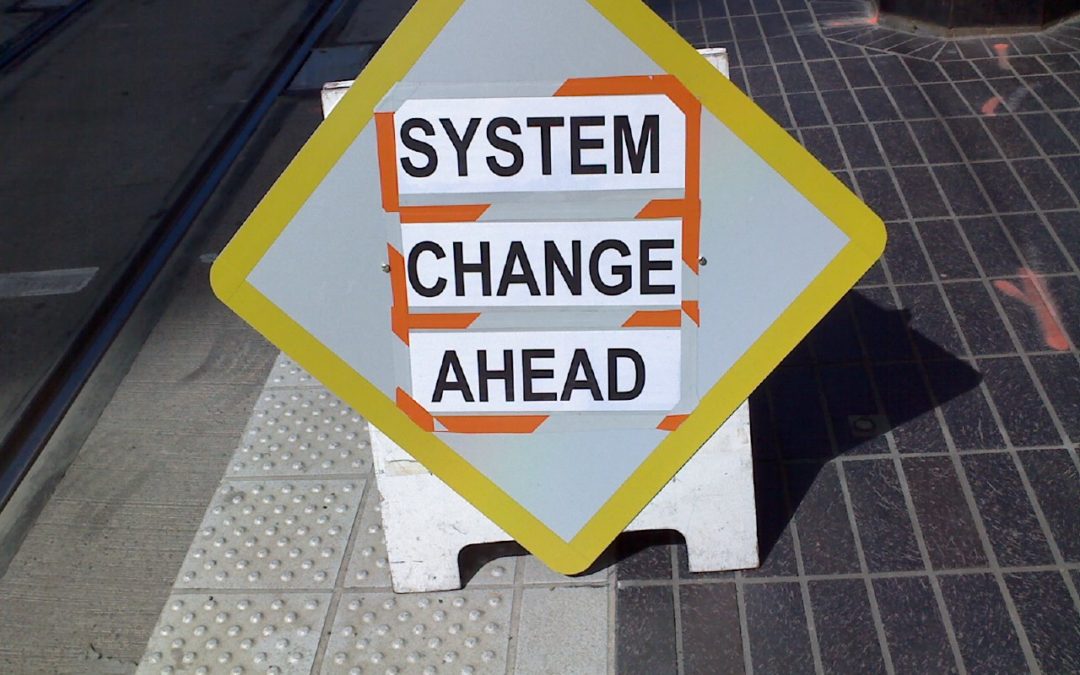Technology solutions that aren’t flexible enough to easily allow technology updates run the risk of quickly becoming obsolete. The industrial evolution of our past and future naturally occurs as advancements in technology take place. Consider the smartphone of today—who would’ve thought 20 years ago that those clunky devices would be used to engage with communities across the world, administer healthcare or remotely monitor machines? When developing an Industrial Internet of Things solution, rapid advancements in technology should be anticipated and accounted for in the system’s design. Are your data systems and software flexible enough to cope with changes?
Data service exchanges like wot.io and flowthings.io allow businesses to extract critical data points from massive amounts of IoT generated data—enhancing their industrial analytics and business intelligence capabilities. Many of these data exchanges also enable businesses to easily partner with third party data service providers that can bring new added value services to the table. Sempercon, for instance, serves as a key systems integrator for both the wot.io environment and flowthings.io. Enterprises that utilize such data services quickly and affordably enhance their Industrial Internet of Things solutions. Your Industrial IoT solution’s network systems will need to be developed so that it can support the integration of data service exchanges. Adapting to new and future business needs is less risky and more valuable with access to this large pool of data tools and industry experts.
Future-proofing your Industrial Internet of Things solution is the final step that must be taken when preparing to execute an Industrial IoT strategy. Enrich your understanding of the 8 other key considerations that we’ve identified as part of our instructional series on developing an Industrial IoT solution. This accompanying practical guide can also be shared with any members of your team who are responsible for the implementation of your Industrial IoT strategy.


